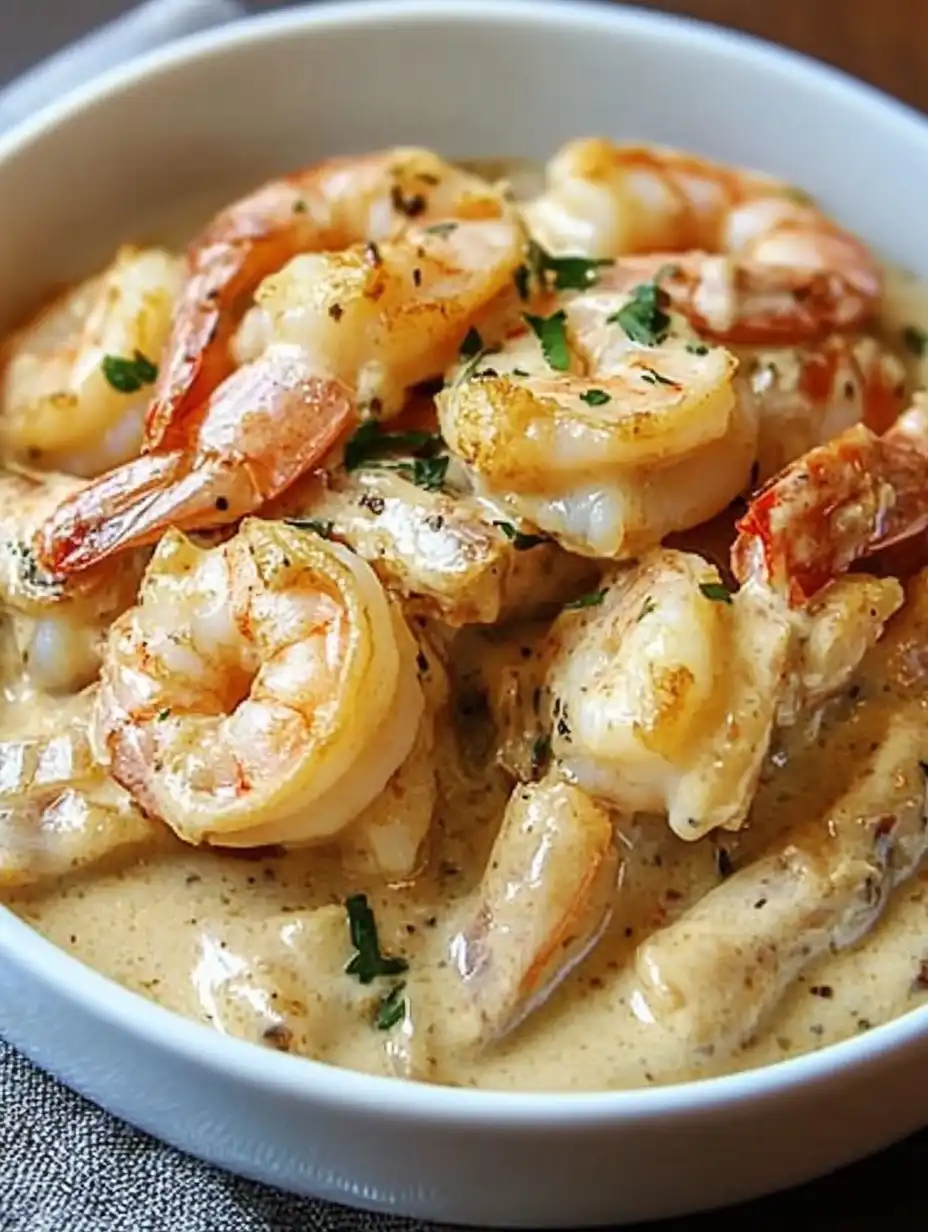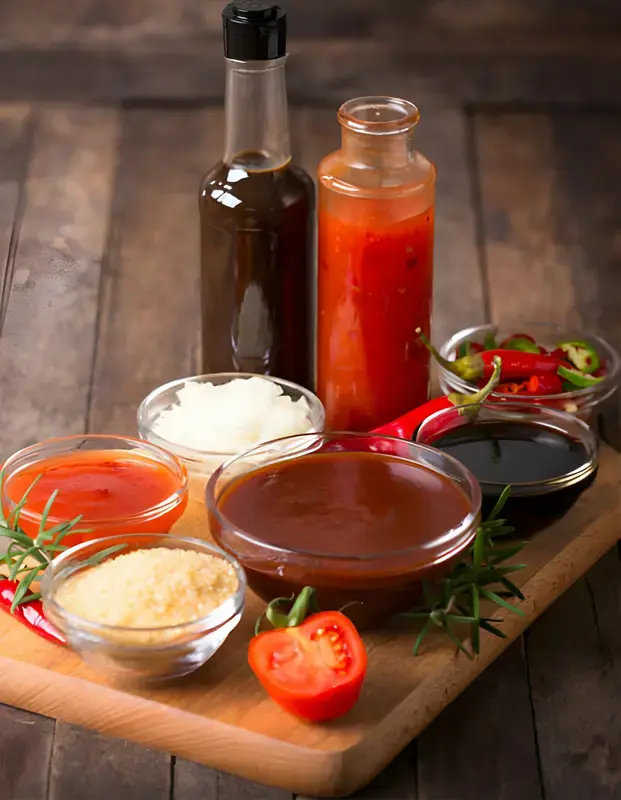What Makes Spicy Tuna Spicy?
Spicy tuna rolls have captivated the taste buds of sushi lovers around the globe, blending the rich, smooth texture of tuna with a fiery kick that leaves diners craving more. But what exactly gives spicy tuna its distinctive heat? This article delves into the ingredients and culinary secrets behind this beloved sushi roll, ensuring you’ll never look at spicy tuna the same way again.

The Popularity of Spicy Tuna
Spicy tuna is more than just a sushi roll; it’s a culinary phenomenon that marries the delicate flavors of the ocean with the bold zest of spices. The allure of spicy tuna lies in its ability to offer a sensory experience that is both refined and exhilarating.
The Secret Behind the Spice
The primary ingredient that sets the s- tuna roll apart is sriracha, a type of hot sauce originating from Thailand. Sriracha’s unique blend of chili peppers, vinegar, garlic, sugar, and salt adds a complex layer of heat that complements the tuna’s natural flavors. However, traditionalists might opt for togarashi, a Japanese spice mix known for its depth and heat. For those interested in exploring the versatility of spices in cooking, consider reading about savory split pea and rice zucchini cakes, which incorporate a unique blend of flavors and textures.
The Main Ingredients of Spicy Tuna
Creating the perfect spicy tuna roll requires a balance of flavors and textures. Here are the key ingredients:
- Sashimi-grade Tuna: 1/2 lb.
- Sriracha: 1 teaspoon
- Sesame Oil: 1 teaspoon (Optional: Chili Oil for extra spice)
- Soy Sauce: 1 teaspoon
- Green Onions (White Parts Only): 4, finely chopped
- White Pepper: A few good shakes
- Salt: To taste
- Optional: Tobiko (Flying Fish Roe): 1 tablespoon
The Role of Sriracha in Spicy Tuna
Sriracha not only adds heat but also depth and complexity to the spicy tuna roll. Its garlicky, sweet, and spicy flavors enhance the tuna’s natural taste, creating a harmonious blend that is both bold and balanced.
Togarashi: The Traditional Japanese Spice
For those seeking a more authentic Japanese flavor, togarashi offers a different kind of heat. Comprising seven spices, including chili pepper, orange peel, and seaweed, togarashi introduces a nuanced spiciness that is both aromatic and flavorful. If you’re curious about incorporating more unique flavors into your cooking, the potato quinoa patties recipe provides a delightful way to experiment with diverse ingredients.
Preparing Spicy Tuna at Home
Making spicy tuna at home allows for customization of the spice level and ingredients to suit personal tastes. Here’s a simple guide:
- Ensure the tuna is fresh and of sushi-grade quality.
- Mix the tuna with sriracha, sesame oil, soy sauce, green onions, white pepper, and salt.
- Adjust the spiciness to taste, adding more sriracha or chili oil if desired.
- Serve the – tuna mixture in rolls with avocado and/or cucumber for a refreshing contrast.
FAQs on Spicy Tuna
- What makes tuna sushi-grade? Sushi-grade tuna refers to the highest quality fish, handled and prepared to minimize the risk of foodborne illness.
- Can I substitute sriracha with another hot sauce? Yes, but the flavor profile may change. Sriracha is preferred for its unique blend of heat and sweetness.
- How can I adjust the spiciness? Start with a small amount of sriracha and gradually add more until the desired heat level is achieved.
tuna rolls are a testament to the art of sushi making, blending traditional Japanese techniques with modern flavors. Whether you’re a fan of the fiery kick of sriracha or the complex heat of togarashi, s- tuna offers a delicious and invigorating dining experience. For those looking to expand their culinary repertoire further, exploring recipes like Mom’s chickpea flour pancakes can provide inspiration for using versatile ingredients in new and exciting ways.




Leave a Comment